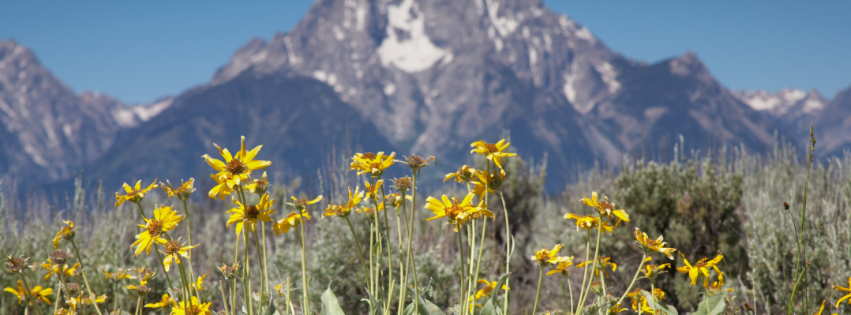Native Plant: Arrowleaf Balsamroot
We’re getting straight to the point this month with a community favorite, the arrowleaf balsamroot! As a native plant, it can be found widespread throughout Canada and the western US. The beautiful flower head isn’t just for show—it’s a useful plant from root to pedal.
.png)
Arrowleaf Balsamroot: Plant Description
Arrowleaf balsamroot (Balsamorhiza sagittata) is a flowering plant in the Asteraceae family. It’s a perennial that grows from a taproot to be up to 30 inches tall, with a hairy, glandular stem. The silvery-gray leaves are also covered in fine to rough hair and can be 20 inches in length with a general arrowhead shape, which is where the name comes from.
Much like a sunflower, the flower head is ringed by 8 to 25 yellow petals about 1.5 inches long, which is why it's sometimes called Oregon sunflower.
Arrowleaf Balsamroot Origin & Habitat
As a native, arrowleaf balsamroot is common throughout much of the North American West. It can be found as far south as Arizona, as far north as Alberta, Canada, and as far east as the Black Hills. It grows in deserts, mountain forests, and grassland, and it’s a drought-resistant plant, making it especially hardy to tough conditions.
Arrowleaf Balsamroot Growth
Arrowleaf balsamroot spreads by seeds, which grow into a deep taproot with a lateral root system. It blooms from May to July, beautifying mountain meadows during the spring and summer months.
Arrowleaf Balsamroot Uses
As a native plant, arrowleaf balsamroot has found its niche in our ecosystem and can cohabitate with other native plants without a problem. It’s a favorite among pollinators and a great treat for wildlife—the birds and the bees love it. It is a strong choice to include in landscaping as weeds won't outcompete and edge this perennial out.
If you do have somewhere you don’t want it, removal is simple. Simply cut around the taproot and dig it up, making sure to remove all parts of it to prevent regrowth.
Feeling adventurous? After removal, the entire plant has a ton of uses from medicinal to food. The entire plant is edible! The leaves can be eaten raw or steamed, and the taproot can be ground up into a coffee substitute. If you hurt yourself removing it, the plant even has antibacterial properties.
Contact our District to learn about other native plant species that protect wildlife habitats from invasives and contribute to strong biodiversity in the Tetons!
